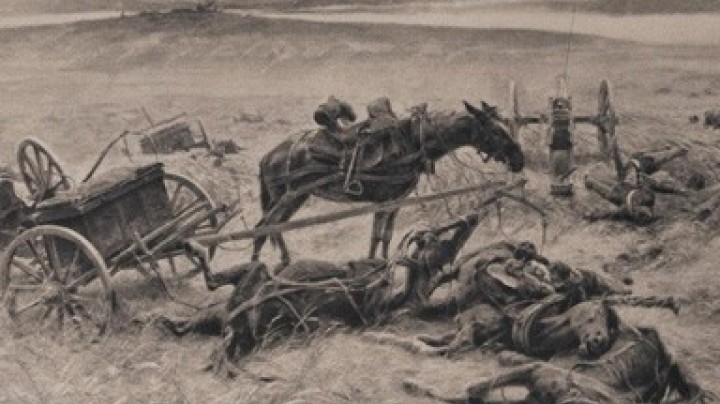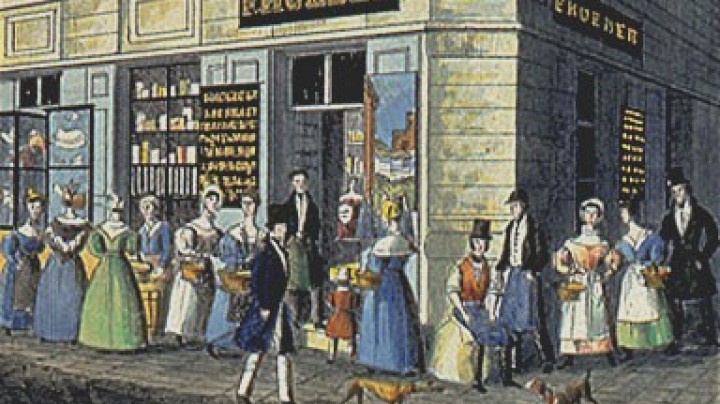30 kg of salami or how much does an emperor eat? How the Court was supplied with food
It is well known that Franz Joseph was a quick eater, who could down a meal in a few minutes; but could he eat 30 kg of salami all by himself?
30 kg salami
60 kg streaky pork loin
70kg smoked pork belly
103 kg ham
40 kg loin of Prague ham
This was an order placed by the Court with Weishappel’s the butchers in 1914. The salami alone would be enough to fill 460 rolls or sandwiches. The Court Kitchen was responsible for the procurement and preparation of meals. The Court chef de cuisine (Hofküchenchef) or personal chef (Mundkoch) drew up the daily lists of the food required and the head cook (Oberstküchenmeister) was responsible for making sure that all the goods needed were ordered in time. An exact record was kept of all purchases – both by the day and by the week. Finally the Court Inspector (Hofkontrollor) checked all purchases and if necessary pointed out where savings could be made. After all, a Court dinner with fifty to one hundred guests was reckoned to cost between 2,000 and 3,000 gulden, with imported specialities being particularly expensive. By way of comparison, in 1870 a kilogram of beef cost about half a gulden; at this time a female laundry worker earned about three gulden per week, while a building worker’s shirt cost two-and-half gulden.
The Court kitchen was repeatedly told to be as economical as possible. Since the members of the imperial family and people who were catered for by the Court were not prepared to make any savings themselves when it came to dining, attempts were made to keep the price of the food purchased as low as possible. It was planned to invite suppliers to undercut one another with their bids, so that the Court could make its purchases as cheaply as possible.
The plan failed because none of the suppliers was prepared to take part in such an auction. A new strategy for the procurement of foodstuffs was needed and so the so-called price discussions were introduced. This meant that would-be suppliers had to make monthly applications for contracts to a Court commission, with either their price offers being accepted or price reductions being demanded.














